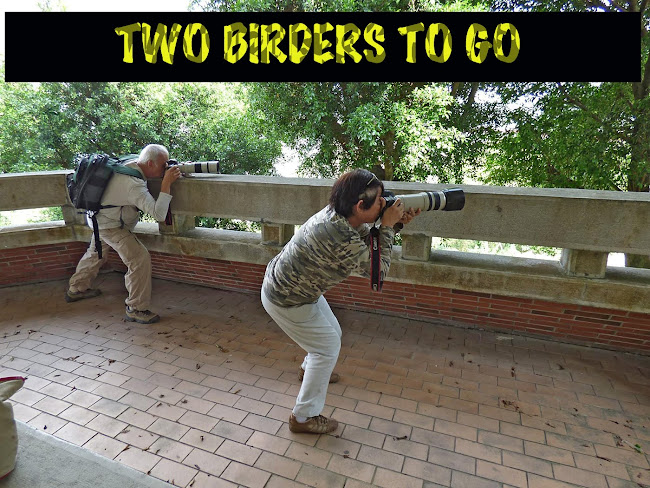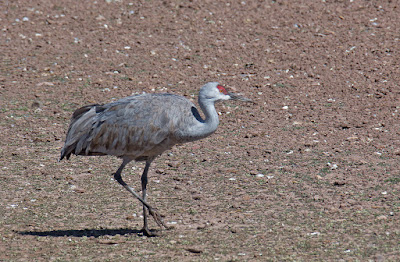Let's try Placerita Canyon, I told Cynthia and my son, Kurt. We did. Again not a single robin in sight. As a consolation we had better (that is, more open) looks at a Spotted Towhee. We saw this species at Eaton Canyon and at Bonelli Park but each time they were skulking behind some bushes.
Another uncommon bird we saw here was the Golden-crowned Sparrow.
Other than these two, not much were seen at Placerita. Which was a bit strange (and very disappointing) considering this place is one of better birding places as I remembered it.
Our last hope at finding our target bird was at the Veteran's Memorial Park in Sylmar. We would definitely see the robins there I thought to myself. As soon as we arrived we explored the park and only saw a Western Bluebird.
As a last resort and with dwindling hopes, my wife and I went to the area near the playground. And voila! American Robins! About a dozen of them even!
 |
| one among the dozen |
 |
| Are you looking for us? |
Spring indeed is here!

































